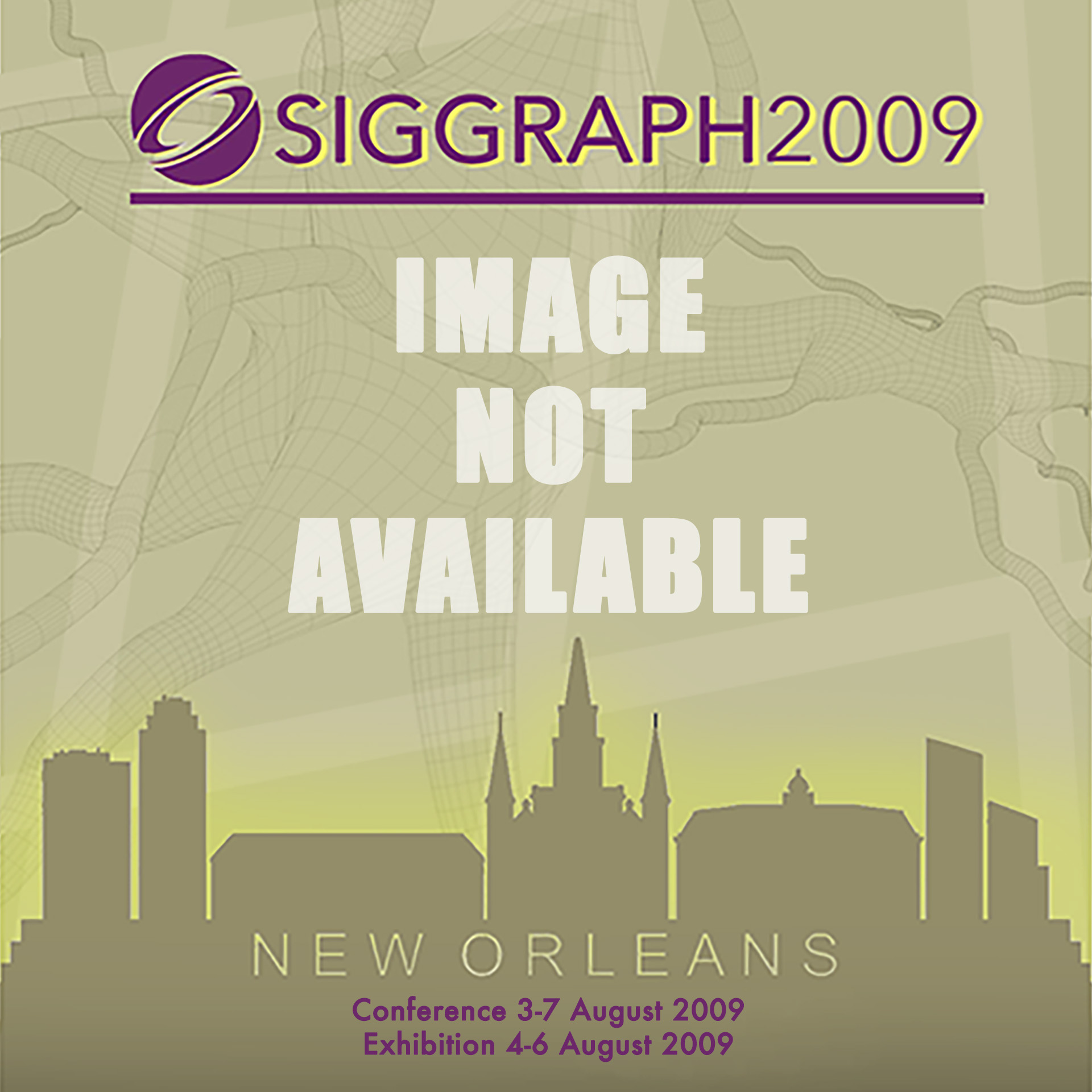“The design and evaluation of a lightweight multi-view interaction metaphor for 3D visualization in the CAVE” by Bragdon and Laidlaw
Conference:
Type(s):
Title:
- The design and evaluation of a lightweight multi-view interaction metaphor for 3D visualization in the CAVE
Presenter(s)/Author(s):
Abstract:
We explore the design of a multi-view interaction metaphor for 3D visualization in the CAVE. We then present the results of a formative evaluation of a “Wizard of Oz” [Kelley 1984] prototype. Although there has been significant prior work on 2D and 3D desktop applications utilizing multiple views, little prior work exists for multi-view systems in immersive virtual environments such as the CAVE, despite the clear advantages enjoyed by desktop analogues. Immersive 3D environments pose unique challenges for such a system. Since the contents of such views are themselves 3D, it is unclear whether users will be able to easily read views independently of one another, as in a naive implementation they might become intermingled; even in a system that is conscious of this problem, some vantage points may cause depth ambiguity problems which make it difficult to read each view. In addition, interaction techniques for controlling and managing such views must be explored. Thus, formative empirical testing is warranted to determine the viability of such a system.
References:
1. Bavoil, L., et al. 2005. Vistrails: Enabling interactive multiple-view visualizations. Visualization Conference, IEEE 0, 18.
2. Keefe, D. F., et al. 2001. Cavepainting: a fully immersive 3d artistic medium and interactive experience. In I3D ’01, 85–93.
3. Kelley, J. F. 1984. An iterative design methodology for user-friendly natural language office information applications. ACM Trans. Inf. Syst. 2, 1, 26–41.
4. Plumlee, M. D., et al. 2006. Zooming versus multiple window interfaces: Cognitive costs of visual comparisons. ACM Trans. Comput.-Hum. Interact. 13, 2, 179–209.
5. Zeleznik, R. C., et al. 2002. Pop through button devices for ve navigation and interaction. In VR ’02, 127.





